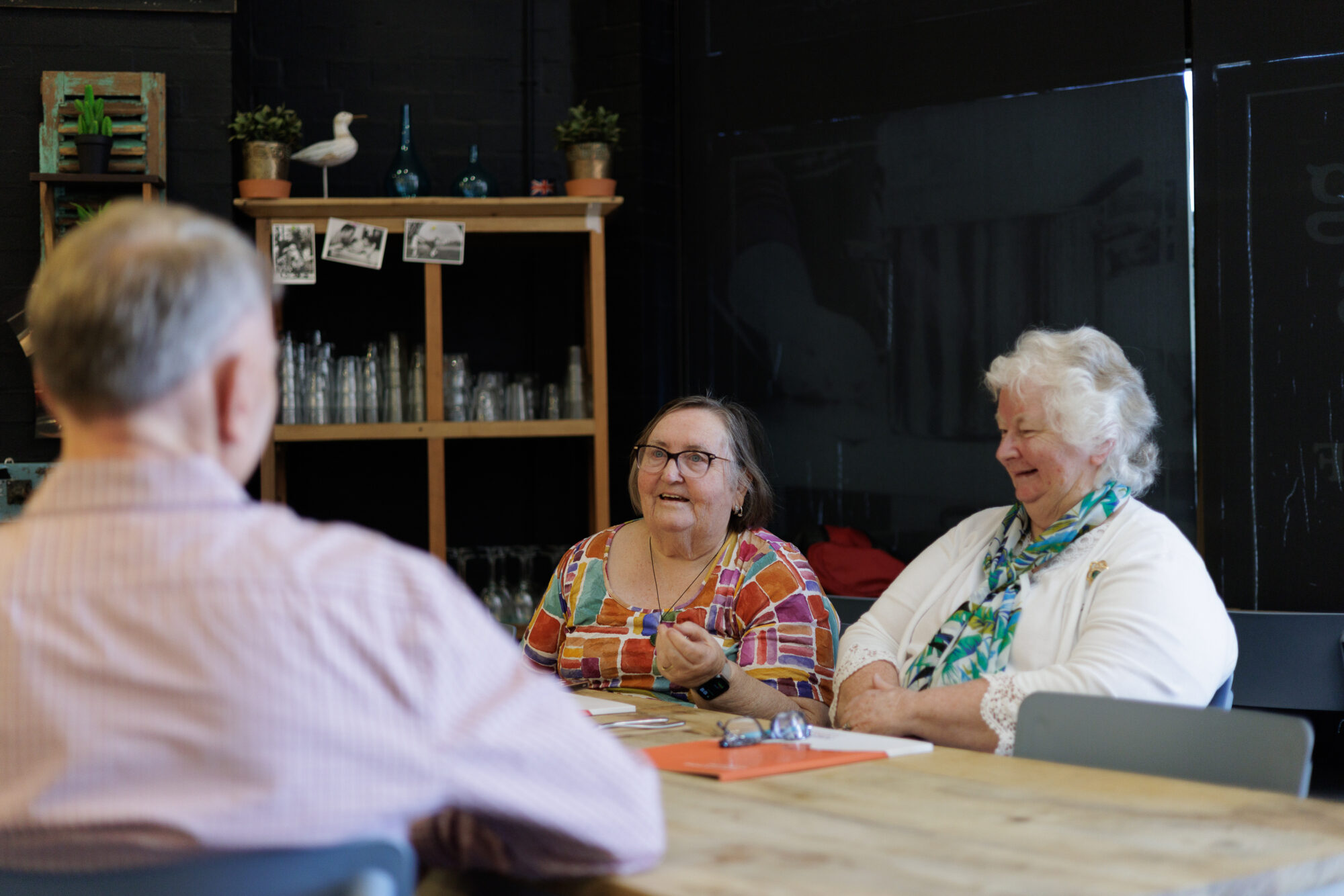A report commissioned by Amana Living and nine other aged care providers has revealed that the aged care sector accounts for one in every 25 jobs in Western Australia.
The report was undertaken by ACIL Allen, and launched at a Business News event on 28 May 2021. Deputy Premier and Minister for Health Roger Cook opened the event and was joined by a panel of experts in aged care and workforce, including Amana Living CEO Stephanie Buckland.
The sector is one of the biggest employers in WA, contributing $3.9 billion directly and indirectly to gross state product and $3.2 billion in salaries (even though carers are among the lowest paid workers in the country).
While there was a lot of money in the Budget for aged care, it fell way short of what the Royal Commissioners indicated would be needed. The budget allocated money for training of new and current staff, but the aged care sector has a problem attracting and retaining staff – it’s not glamorous work and it’s not well remunerated.
During the Business News launch of the report, Stephanie discussed her passion for wage parity. Aged care nurses earn 30% less than a nurse in the acute sector. They have the same qualifications, which are equally demanding, and yet their role in aged care is undervalued.
The award for carers is 25% less than for those in a similar role in the disability sector.
“We can do everything that we can to make the job better, but unless the wage parity issue is addressed, I think it will continue.” Stephanie said.
She noted that Amana Living pays significantly above the award, like many other aged care providers, but the Commonwealth Government sets the price for services, which means, that in order to accommodate for this, the Commonwealth is setting the maximum amount that can be paid to staff.
For every $1 invested in aged care in WA, $2.11 is returned in social and economic benefits, and yet staff are not seeing this return.
Stephanie acknowledged the improvement of the State Government’s effort to collaborate with the aged care sector, but said there is room for improvement.
She says the WA Government must influence the Commonwealth’s funding of the WA sector.
“The structure of our economy in Western Australia is different to the economy in other parts of Australia….which is not reflected in the way the Commonwealth funds aged care services,” she said.
You can read the full Economic and Social Impact of Aged Care in Western Australia report here, or see a snapshot of figures below.






